Yesterday’s Victorian budget was on-form for the Andrews’ government: it mishandled the COVID-19 pandemic and now it is mishandling the economic recovery from the deepest recession in 100 years. And the contempt for democratic norms the Victorian government has shown throughout the coronavirus crisis has made its way into the budget.
It was the Andrews’ government’s incompetence in managing hotel quarantine, along with an inadequate contact tracing system, which kept Victorians under lockdown longer than almost any other place in the world. The utopian elimination strategy, which has been pursued across Australia, has forced hundreds of thousands of employees out of work, with these job losses being concentrated in small businesses in the private sector.
An obsession with case numbers over and above all other economic, social, or medical indicators has meant that, since March, almost no consideration has been given to the humanitarian tragedy caused by keeping children out of school, forcing parents out of work, and driving young people to the brink with higher rates of depression and anxiety. In the unforgiving words of Daniel Andrews on October 10: “The only numbers I’m focused on is [COVID-19] case numbers.”
But the 2020-21 Victorian budget provides a new set of numbers which reveal a striking similarity between the Andrews government’s COVID management and its financial management – suppress the numbers, be they coronavirus cases, employment figures, or economic growth, and suppress any mechanism for transparency, be it justifications for lockdown measures, or budget papers with key government spending information.
While the messaging in the budget is slick, it lacks policy substance. For example, the new jobs tax credit, which will provide a payroll tax credit to businesses that hire new employees, will not restore the jobs destroyed by lockdown measures.
The budget provides an example of a company which hires two new employees and increases its overall taxable wages bill by $100,000. As a result, it could reduce its payroll tax liability from $21,825 to $11,825. This sounds good in theory, but there are two key issues. Firstly, the government’s virus elimination strategy creates uncertainty for business owners, many of whom will not hire new staff when they could be forced back into lockdown with the re-emergence of coronavirus. Secondly, much more bold policy is required to re-create jobs and restore confidence. If the Victorian government had abolished payroll tax the same business would save the total $21,825, allowing it to make up for income lost during lockdown.
Maintaining payroll tax is an elimination strategy for new cases of potential job creation.
Much like the Premier and Ministers’ avoidance of transparency when asked who made the decision to implement the controversial and likely unlawful nightly curfew, the budget is another attempt to obfuscate the truth. According to page 83 of Budget Paper 2, “In 2020-21 there is no separate budget paper on the state capital program.” The state capital program usually provides an overview of investments that departments and government-controlled entities will make in the coming year, along with updates to currently underway projects. This allows for year-to-year comparisons to see how much various projects are costing taxpayers as they progress, an important way of holding the government accountable for cost-overruns.
For example, in the 2018-19 state capital program Victorian taxpayers were informed that the initial Level Crossings Removal Program would see $6.7 billion of their money spent on removing 50 level crossings. In the 2019-20 state capital program, Victorians were informed that just under $4 billion had been spent on the project so far, and that the Andrews government would remove an additional 25 level crossings at an additional cost of $6.6 billion.
Victorians searching for an update on this project in the 2020-21 budget will find nothing other than the reassurance that “43 level crossings have been removed” on page 97 of Budget Paper 2. There is no record of how much the government has spent on level crossings removals in the 2019-20 financial year, nor any indication of how much will be spent this financial year, or if the total cost of the project has increased.
The lack of a state capital program in this year’s budget is undemocratic, but also unsurprising. It is a continuation of the disdainful attitude the Andrews government has shown to mainstream Victorians throughout the coronavirus crisis.
Disregard for cabinet government and a lack of transparency led to the tragic death of almost 800 Victorians while millions more were placed under a harsh second lockdown. The 2020-21 budget confirms that the Andrews government will not make up for its blunders — and that this anti-democratic approach to governing is the new normal.
Cian Hussey is a Research Fellow at the Institute of Public Affairs. Join as a member at www.ipa.org.au.
Got something to add? Join the discussion and comment below.
Get 10 issues for just $10
Subscribe to The Spectator Australia today for the next 10 magazine issues, plus full online access, for just $10.

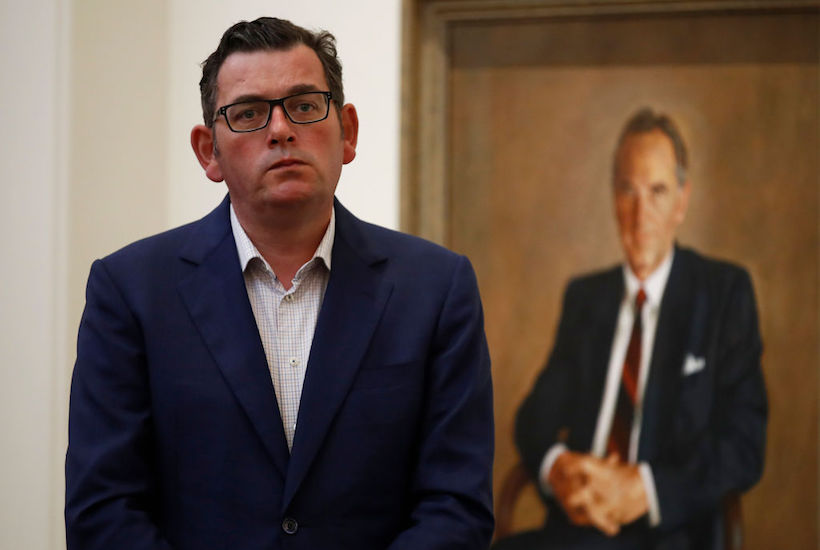
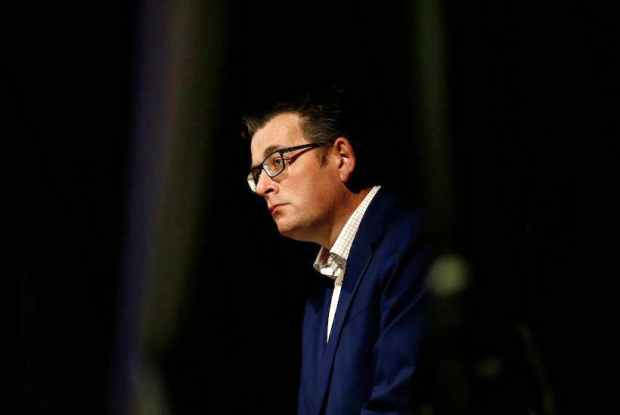
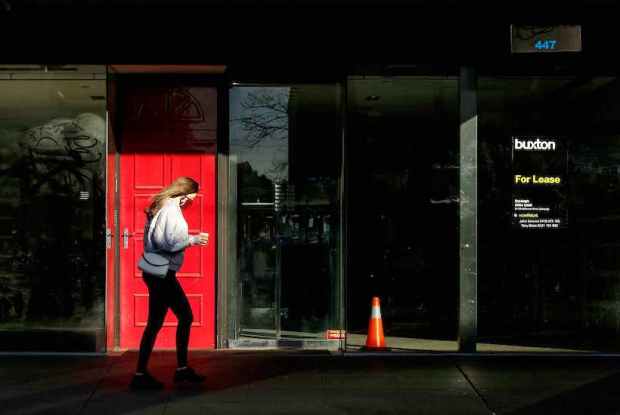
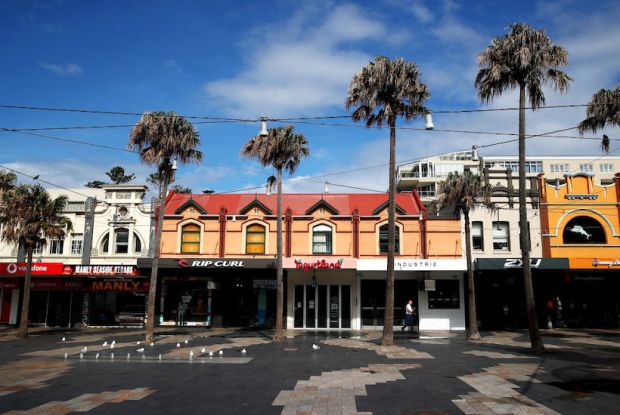
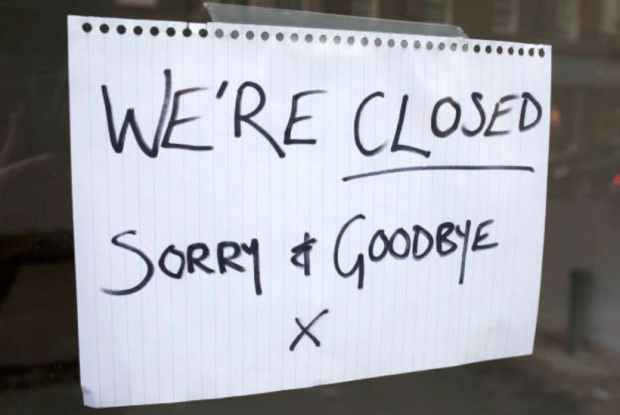




















Comments
Don't miss out
Join the conversation with other Spectator Australia readers. Subscribe to leave a comment.
SUBSCRIBEAlready a subscriber? Log in